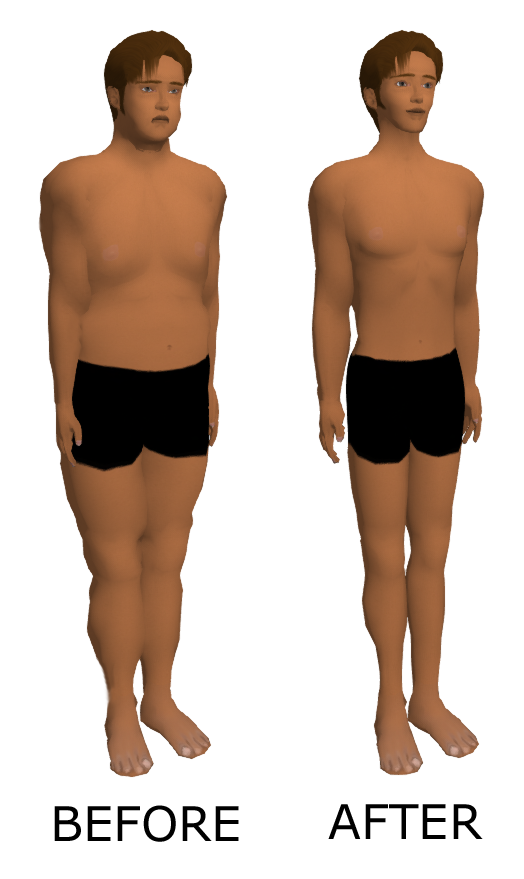Updated Apr 11, 2012 10:38 AM ET
In today's NHL, home-ice advantage in the playoffs is melting away.
NHL teams believe they play 82 regular-seasons contests for the advantage of a Game 7 at home. But that thinking needs revisiting.
Since the 2004-05 lockout, road teams have won half the Game 7s (12-12), a 12 percent higher rate of success than the all-time, overall home record of 86-54. During the past six playoffs, winning teams have closed out 56 percent (50 of 90) of series on the road, against an all-time figure of 47 percent.
"We have the road-ice advantage," half-joked Jaromir Jagr, whose Philadelphia Flyers accumulated three more points on the road than at home this season and will start the playoffs tonight at Pittsburgh's Consol Energy Center. The Flyers have won five of six games there since it opened.
The additions of overtime, shootouts and points to the losing team make trends in regular-season road success largely immeasurable. But in the playoffs where 53 percent of the NHL teams (16 of 30) qualify — down from 76 percent (16 of 21) in 1991 — it's more difficult than ever to advance against similarly salary-cap-constricted clubs that may be barely inferior to your own team.
"Pressure on the home team has always been there," said Ken Hitchcock, coach of the St. Louis Blues, who have the Western Conference's No. 2 seed for a series against a playoff-tested No. 7 San Jose team that finished only 13 points behind St. Louis. "But when you had home-ice advantage, there was often a pretty big distinction between the two teams. And now there's little.
"There used to be three or four teams that could win the Cup and the rest were just happy to be there. There are 16 that could win this year. The competition is so close and the pressure on the home team so much that if you don't get off to a good start, you tighten up."
There is reduced comfort, too, in home arenas built for creature comfort. The roars dissipate into the higher roofs of suite-lined buildings that are barely distinguishable from one another. They contain more people but less mystique.
"Chicago Stadium had 250,000 square feet," said Mike Keenan, who coached the Blackhawks and Flyers to the Stanley Cup Final and the New York Rangers to a championship. "The United Center has almost one million and only seats (2,100) more.
"It's a much bigger space, not as intimidating. And the quirky configuration advantages are gone. At Chicago Stadium, the goal line was 16 feet shorter than the red line. With a hard forechecking team, we knew how to play that.
"When I coached at the University of Toronto and we played some games at Maple Leaf Gardens, I once had engineering students measure the arcs. In all four corners they were different."
Diminished, too, has become the effect of officiating since a post-lockout crackdown on obstruction. By-the-book referees are more likely to be intimidated by their supervisors than the home crowd.
"With every single play on a computer," Keenan said, "they do as they are told."
Home teams are still told that the first 10 minutes and the first goal are huge. Visiting teams are told that by withstanding the onslaught, they can take the crowd out of the game.
In the past four playoffs, the Cup has been won on the road. And after six straight home wins in Cup Final Game 7s going back to 1971, the past two have gone to visiting Boston (2011) and Pittsburgh (2009).
"The old (Pittsburgh) Igloo, I was almost scared going in," said Scott Hartnell, the Flyers' 37-goal scorer. "Fans were on top of you. The visiting locker room wasn't exactly up to NHLPA standards. It was a dump."
This entry passed through the Full-Text RSS service — if this is your content and you're reading it on someone else's site, please read the FAQ at fivefilters.org/content-only/faq.php#publishers. Five Filters recommends: Donate to Wikileaks.
 12/10/2008 - 0 Comments
12/10/2008 - 0 Comments 19/10/2007 - 0 Comments
19/10/2007 - 0 Comments 29/03/2012 - 0 Comments
29/03/2012 - 0 Comments 24/09/2008 - 0 Comments
24/09/2008 - 0 Comments 24/09/2008 - 0 Comments
24/09/2008 - 0 Comments

0 意見:
Post a Comment